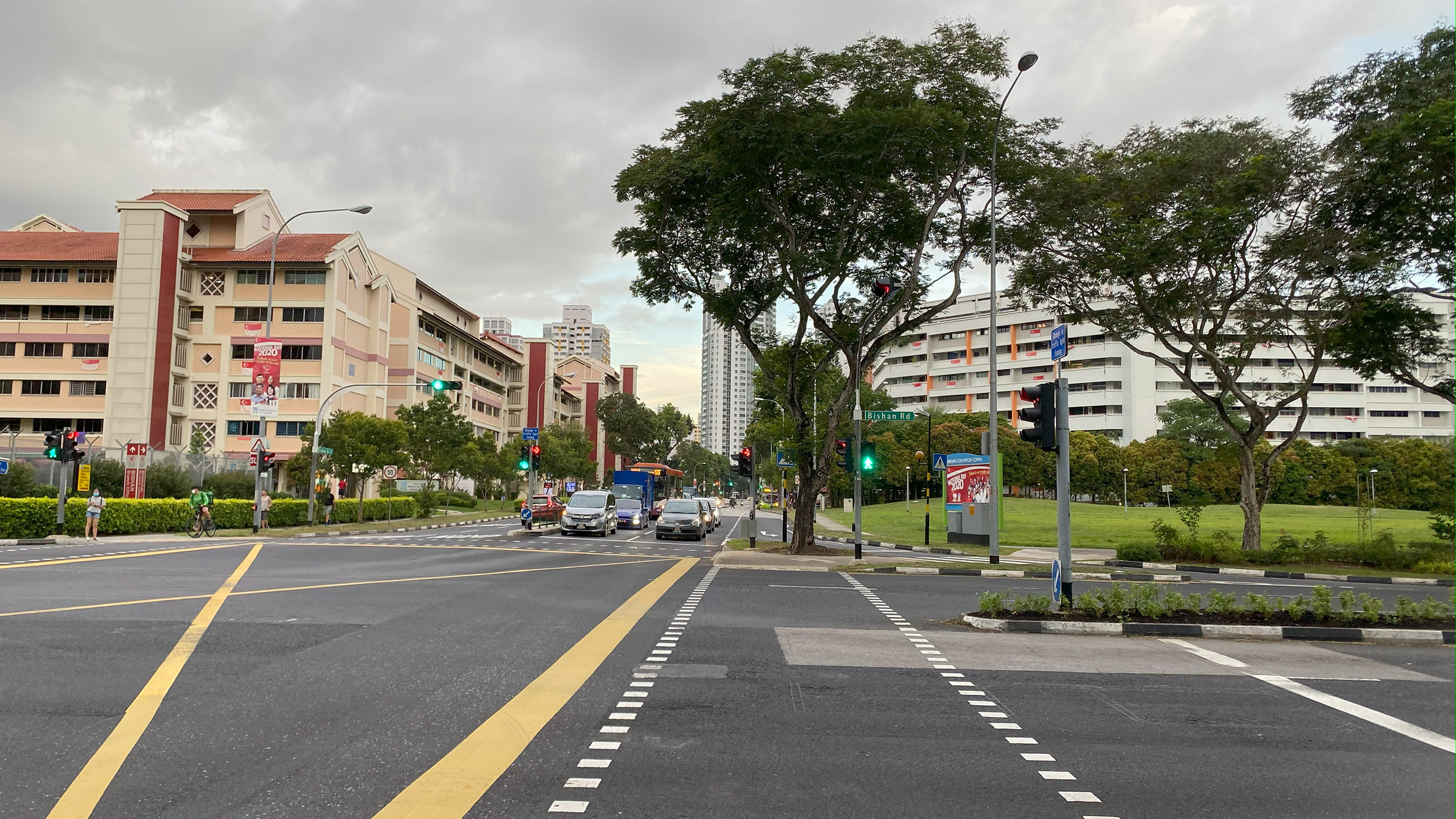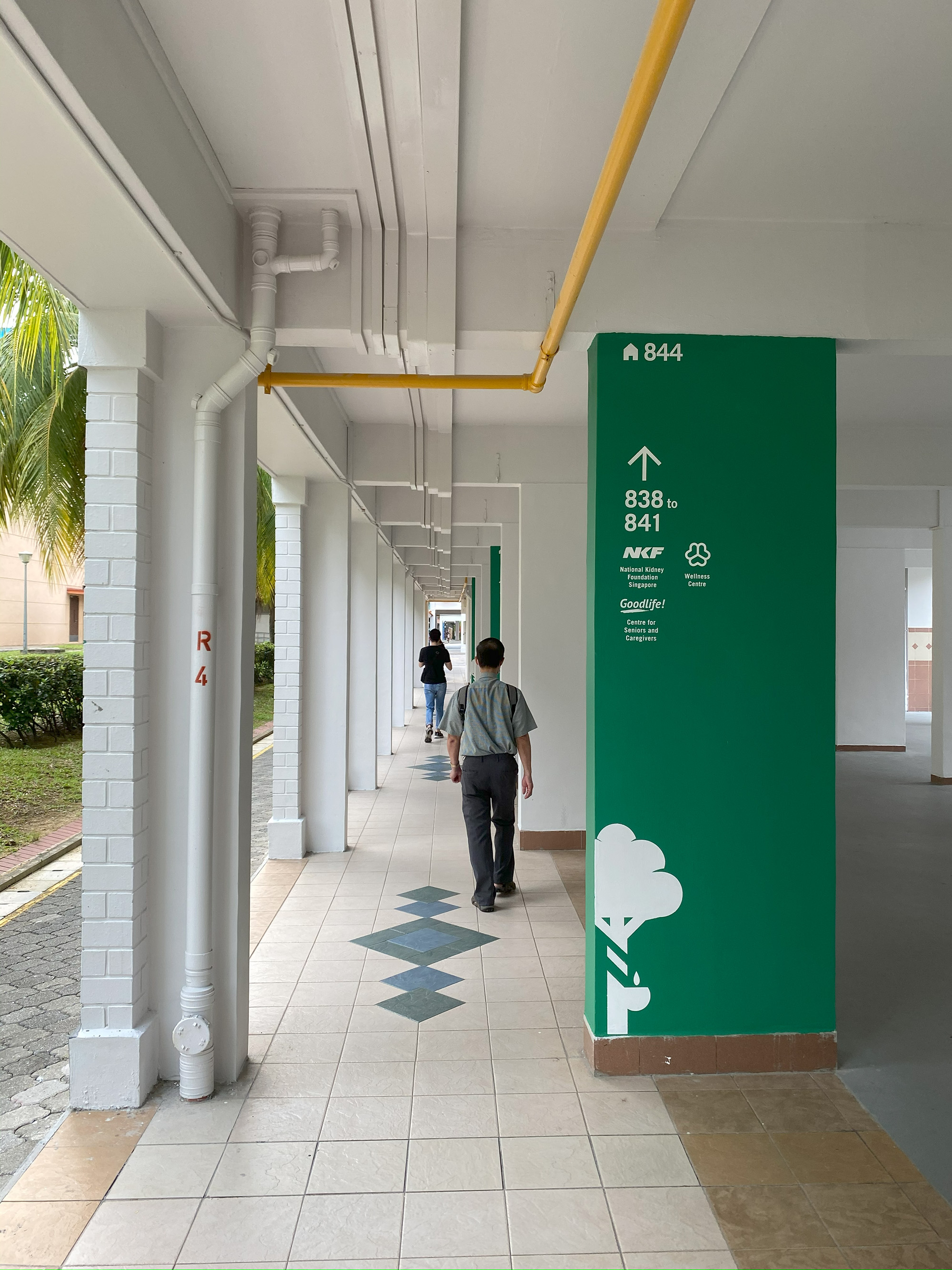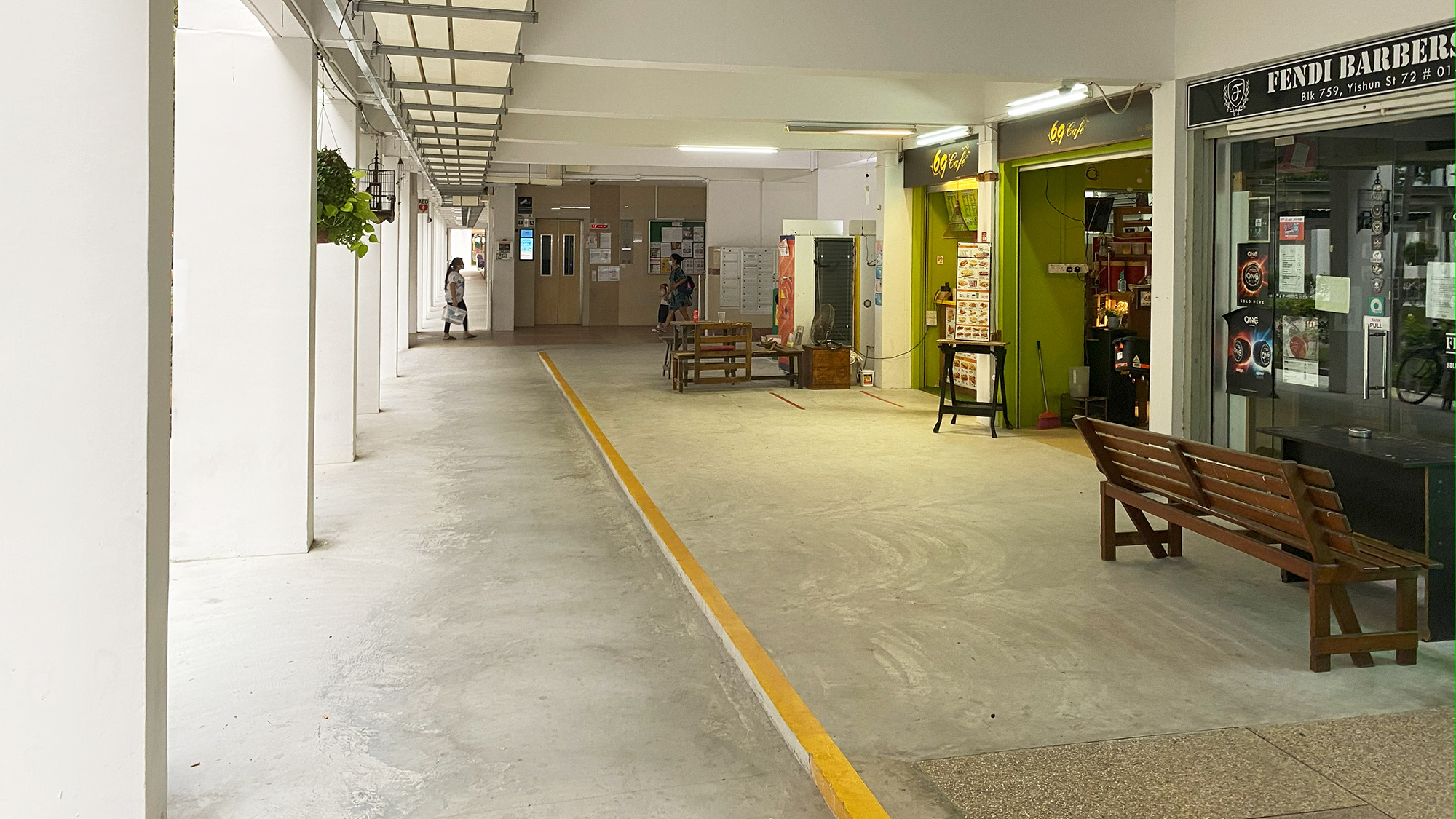BE-FIT: Built Environment in Falls and Arthritis Study
Investigating accessibility (and perception) for walking, physical activity, and mobility among older adults in urban settings, in order to provide recommendations on improving urban environment features to guide the uptake of healthy behaviours.

Introduction
As Singapore’s population ages, one of the key strategies to improve older adult residents’ quality of life is to allow them to ‘age-in-place’. This means giving them the opportunity to remain in their homes and communities and continue to lead an independent life, for as long as they can, as they age.
To facilitate this, enhancements in policy and infrastructure need to be made to allow the older adults to age gracefully. This includes mitigating the adverse impact of conditions such as Osteoarthritis (OA) while also avoiding falls . Both OA and falls lead to considerable physical, and psychosocial burden on the older individual, as well as socioeconomic impact on the healthcare system.
To encourage the older adults to be physically and psycho-socially active, current guidelines from the WHO and Healthier SG emphasise unravelling the role of macro-level factors such as urban planning and design on personal factors. Key to this is the need to mitigate environmental risks, while also encouraging and supporting healthier behaviors. Such measures that enable healthy behavior incidentally also create sustainable milieus and circumstances for curbing the risk of OA and risk of falling.

The Project
In line with these guidelines, the Built environment in Falls and Arthritis Study (BE-FIT) project focuses on the interplay between urban features and the perception of older adults.
The study explores the relationships between Built Environment (BE), and psychosocial factors on physical activity, social participation and functional outcomes in a vulnerable elderly population with mobility challenges (patients with osteoarthritis and/or previous falls), to guide practice and policy.
While previous studies have looked the impact of BE features on healthy behaviors, BE-FIT is novel in the following aspects:
1. Leveraging on a variety of state-of-the-art digital technologies to track individual behavior on activity and mobility, but also walkability in the neighborhood
- Together with our partners at CNRS we will be collecting information on mobility and walkability with wearable sensors to record kinematic, global positioning system (GPS) signals and mapping them via the use of Geographic Information Systems (GIS) instead of relying on participant recall.
- In partnership with NTU’s Rehabilitation Research Institute of Singapore (RRIS) we will curate information on individual’s perception of neighborhood features using the novel photo-voice documentation approach

2. Unraveling the interplay between individual- vs neighbourhood-level risk factors -
- In collaboration with clinicians from Woodlands Health, TTSH and KTPH we will establish relationship between factors such as physical activity, mobility, walkability and socio-economic status to the neighbourhood-level data such as accessibility and collected via the EATlite tool (provided by the MOHT) to examine potential dynamic and reciprocal interaction effects
3. Using a multi-method and hybrid approach to strengthen our understanding around the role of the built environment in contributing to (or reducing) the fear of falling as well as fear of movement and the ensuing activity avoidance.
4. Tapping into the principles of implementation science for translation of research findings into practice (in cooperation with GERI), and ensuring greater collaborations between healthcare practitioners, urban developers and policymakers (by garnering government agency-level support from MOHT, URA, HDB and BCA).

In aligning with evidence-informed decision-making principles, the policy brief BE-FIT will compile comprehensive recommendations on improvements that can guide healthy practices and enable neighbourhoods to facilitate management of OA and falls as well as encourage uptake of healthy behaviors such as enhanced levels of physical activity to curb the burden imposed by these conditions.